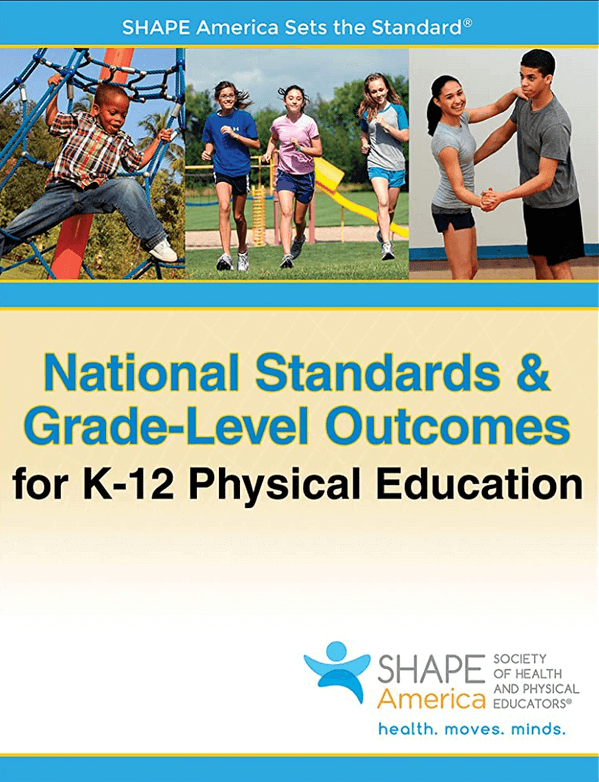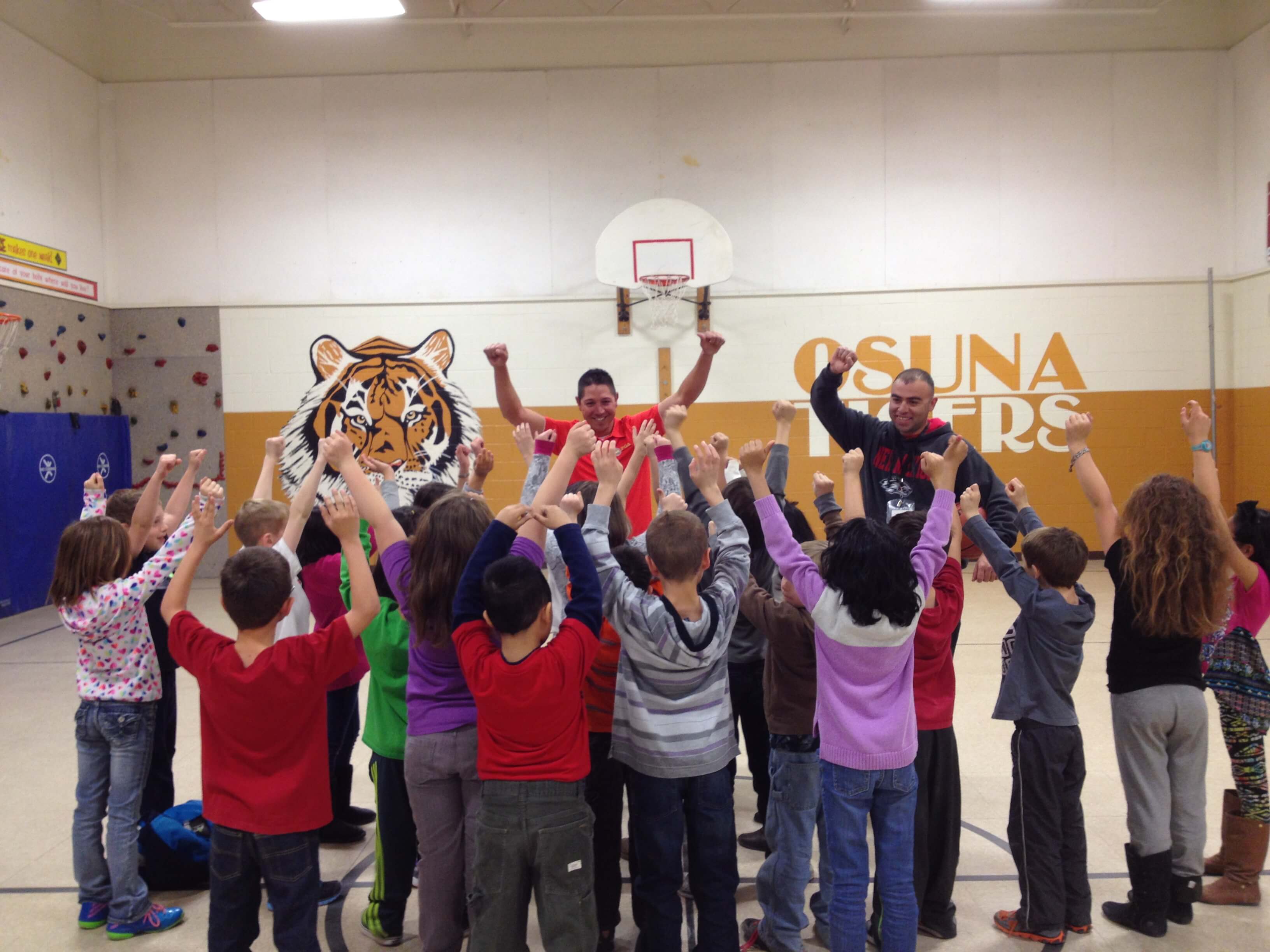
As we begin a new year, the Society of Health and Physical Educators (SHAPE America) continues to engage two national task forces to revise the national standards in health and physical education and I consider this work to be critical to the future of our profession. In regularly reviewing and revising our standards, we make certain that we include the latest research, hands-on teacher experiences, and best instructional practices from the field. Additionally, it allows us to continue to take a critical look at how our society and education have evolved around the essential work of student wellness in our schools.
In recent years, I served at my state level on our standards review team and found the work to be invaluable in serving the needs of every student. We made a lasting commitment to forging forward with progressive and responsive core ideas and disciplinary practices that speak to every community in my diverse state of New Jersey. This is the task ahead for the national revision. In order to serve the needs of our young people across the nation, SHAPE America has the momentous responsibility of building national standards that echo the voice of every child in America.
I believe that this significant task means incorporating the very latest research on the critical and essential skills of physical movement in physical education and a focus on skill-based health education to foster a classroom of inquiry-based instruction. We must incorporate the abilities of students to contribute to and create a learning environment where they can thrive, grow and learn. Our future standards must reflect that student-focused approach.
There has been vast and robust discussion about the focus on what the non-negotiable needs are for every student in a post-pandemic educational world in health and physical education. Is it social-emotional learning? Is it equity, diversity, and inclusion? Is it trauma-informed practice? Is it restorative practice? I believe all of these perspectives contribute to a comprehensive set of national standards. The documents that are ultimately published at the national level will provide foundational guidance and serve as a blueprint for instruction for many states and for many local school districts.

Whether or not the accomplishmentioned student needs are met; ultimately falls upon the teacher on the ground. There is no substitute for a caring, loving, thoughtful, askable, and trusted adult in the classroom. Without that, no set of standards can ever come to life. We must acknowledge through these national performance indicators that not every child is having the same experience in the classroom, but that every child has the right to a developmentally appropriate health and physical education experience.
In closing, I am enthusiastic about the future work of the National Standards Revision Task Forces in Health Education and Physical Education. I believe all health and physical educators should be excited about the essential skills of our work. I am sure we will continue to teach skills such as dribbling, passing, shooting, striking, and volleying in physical education toward health-enhancing levels of physical fitness. We will also deliver timeless opportunities for kids to engage in decision-making, advocating, goal-setting, and analyzing influences. These and all other outcomes help to make the case that our academic work remains essential to the life and death of every young person. I am hopeful that these documents will speak directly to the hearts and minds of every K-12 student in every community of our country. Our ability to translate these standards in every classroom offers us a daily opportunity to prove that our profession is the most important work happening in our nation’s schools.
